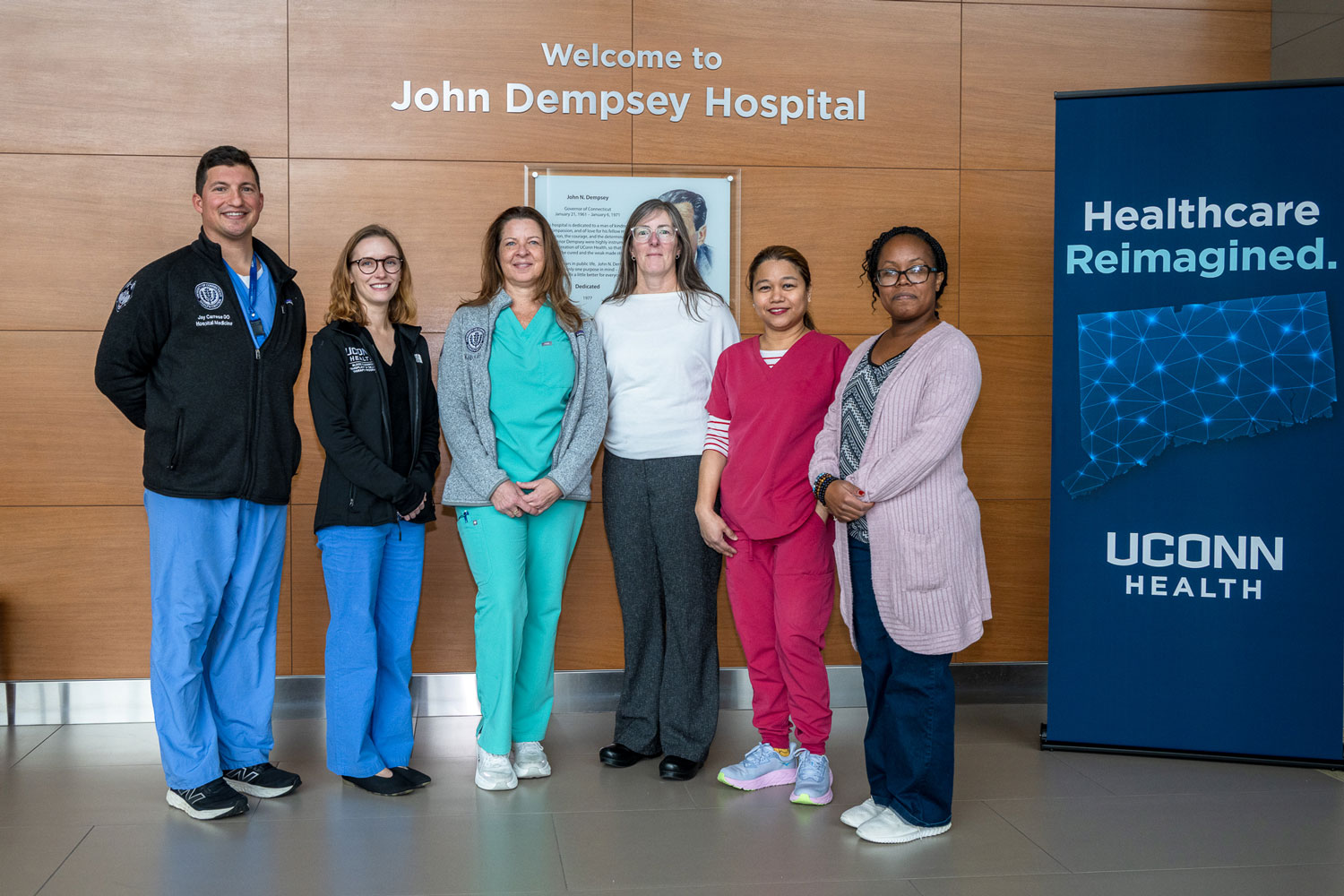Bridges are a key part of any modern transportation network, but it can be difficult to monitor the safety and upkeep needs of these structures without precise data.
University of Connecticut associate professor of civil and environmental engineering Arash Zaghi has recently been issued a patent for a bridge bearing assembly with sensors that can be used to assess the structural “health” of bridges. These “smart” bearings enable bridges to accommodate movement due changes in load from traffic and temperature variations, for example.
According to a report on bridges by the American Road & Transportation Builder’s Association, 7.6% of America’s bridges are “structurally deficient” and in need of urgent repairs. Another 38% of all bridges in the United States have repair needs. Identifying these needs precisely and early can help prevent catastrophic collapses and more extensive repairs later.
Currently, bridges are monitored mainly through visual inspections. This process is time-consuming, expensive and less reliable than monitoring bridges with high-tech sensors. Zaghi’s invention addresses this need by providing consistent, easily accessible data that reveals the state of a bridge’s structural integrity over time.
While there are other sensors with similar properties as Zaghi’s on the market, they are significantly more expensive and harder to implement. One key advantage Zaghi’s invention offers is that it is compact and non-intrusive. The “smart” bearing can be incorporated into the design of a bridge without changing the geometry or construction details of the structural elements.
The bearing consists of a sliding surface, thin force sensors that collect data and a microcomputer for the onsite post-processing of data. The low-profile, unobtrusive device can be seamlessly incorporated into the design of new bridges or the replacement of old bearings in existing bridges, a unique advantage over competing technologies on the market.
The sensor in the bearing monitors stress and activity on the bridge. By constantly collecting this data, the sensor can provide information about when maintenance and repairs are necessary.
“The reliable and easy-to-interpret data collected by the smart bearing provides bridge designers and bridge owners with vital information that can significantly improve the quality of their assessment of the safety of bridge structures,” Zaghi says. “The data also helps them identify overweight vehicles that are traditionally a major source of damage to bridges.”
This technology can also be used to track traffic statistics. This data will help regulate the passage of overweight trucks that damage bridges over time. The technology also has the capacity to be expanded to buildings and industrial structures. Zaghi’s invention will make the transportation network safer and more reliable for owners and users who commute across these structures daily.
Zaghi holds a Ph.D. from the University of Nevada, Reno. His research focuses include the application of novel materials and systems for multi-hazard mitigation, design of bridges for extreme events such as earthquakes, blasts and truck fires, innovative repair techniques for aging bridges, and accelerated bridge construction.



